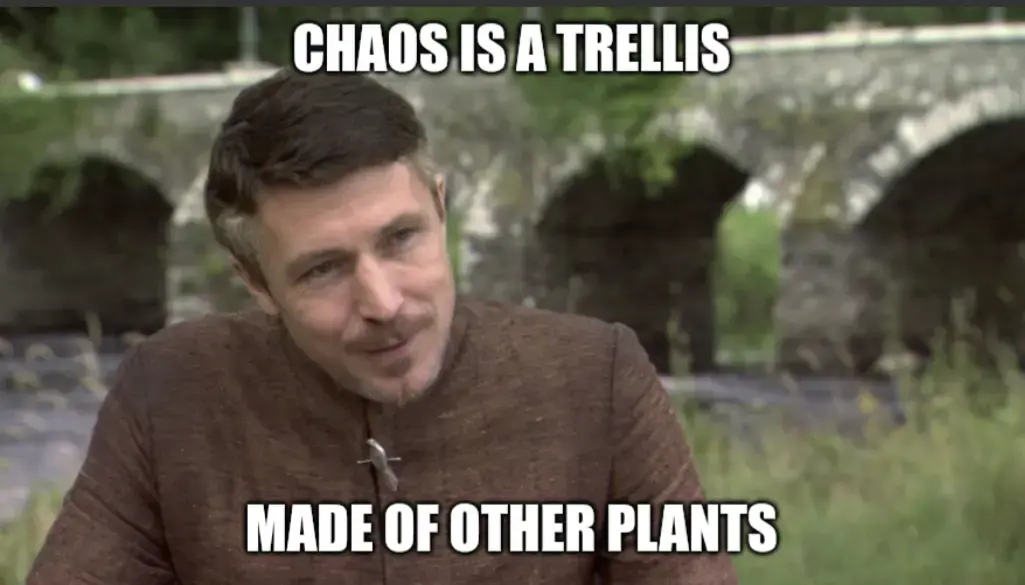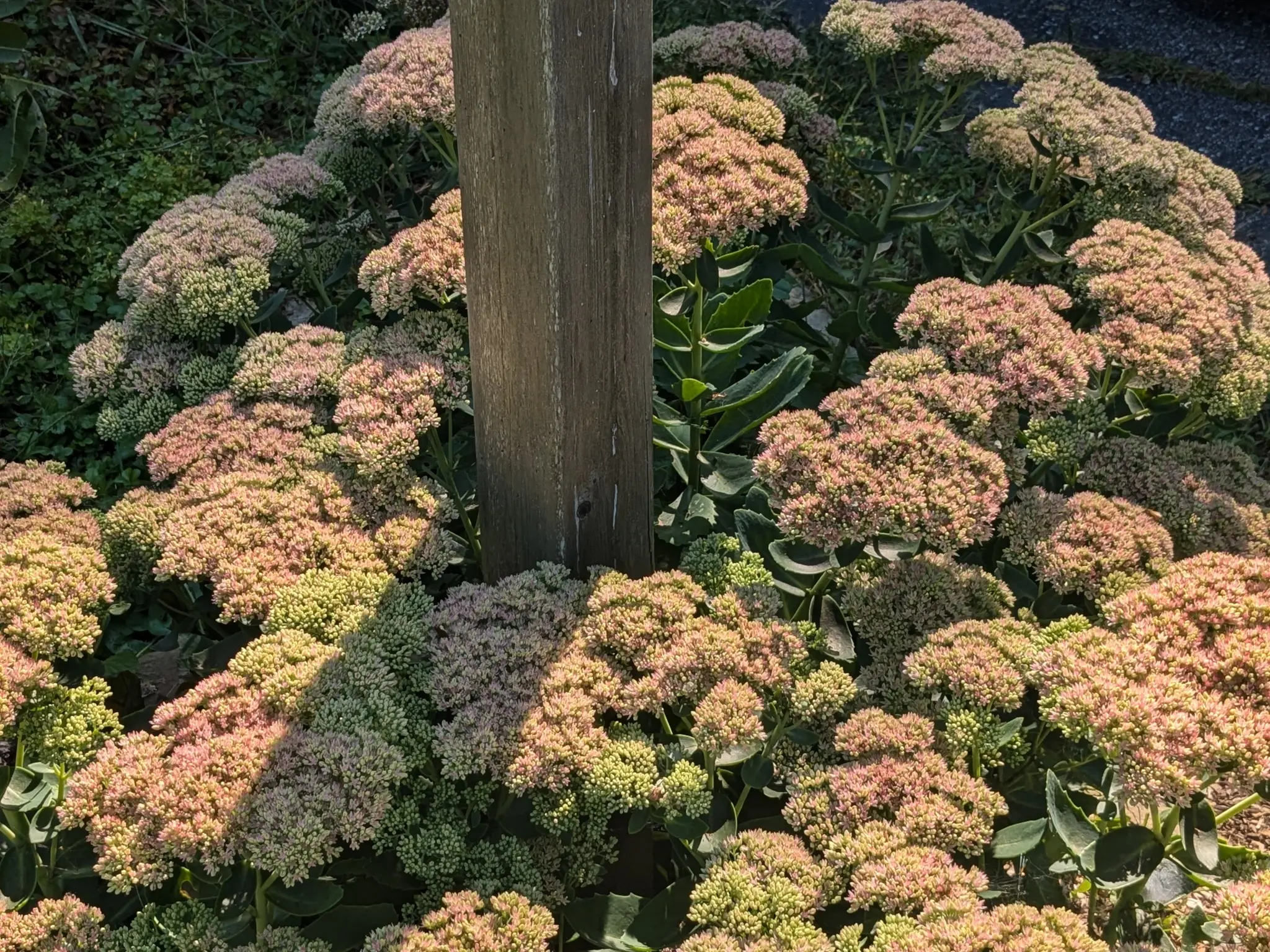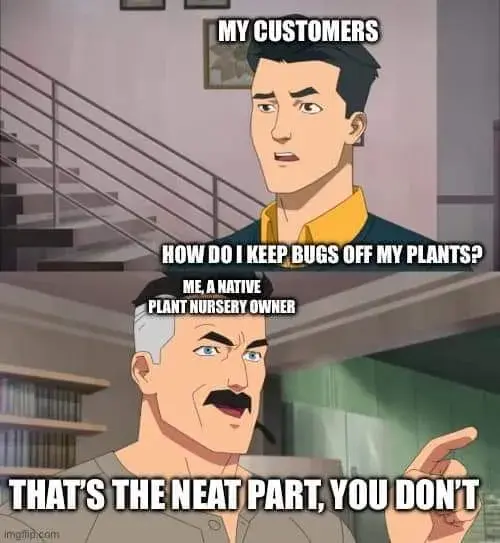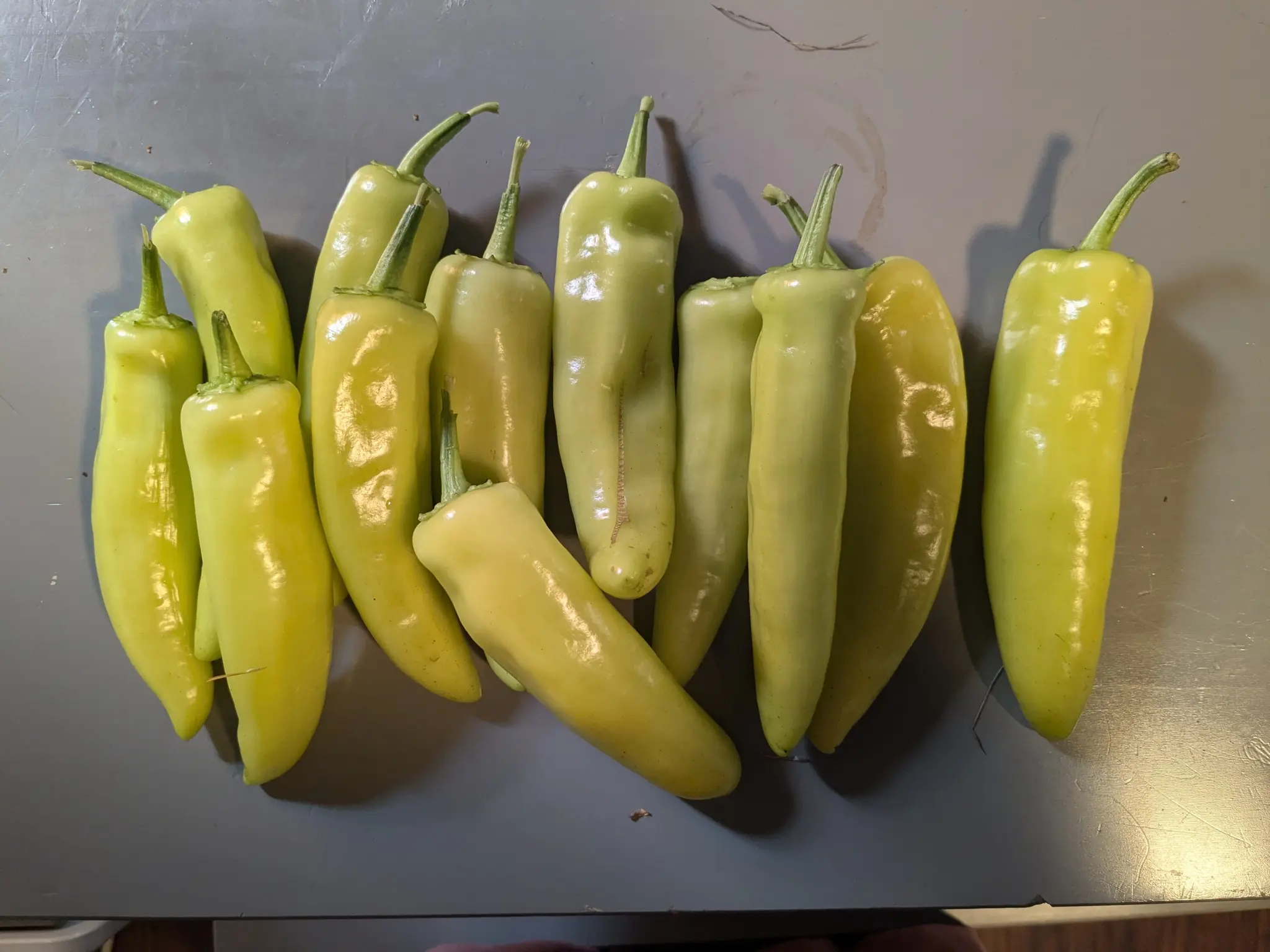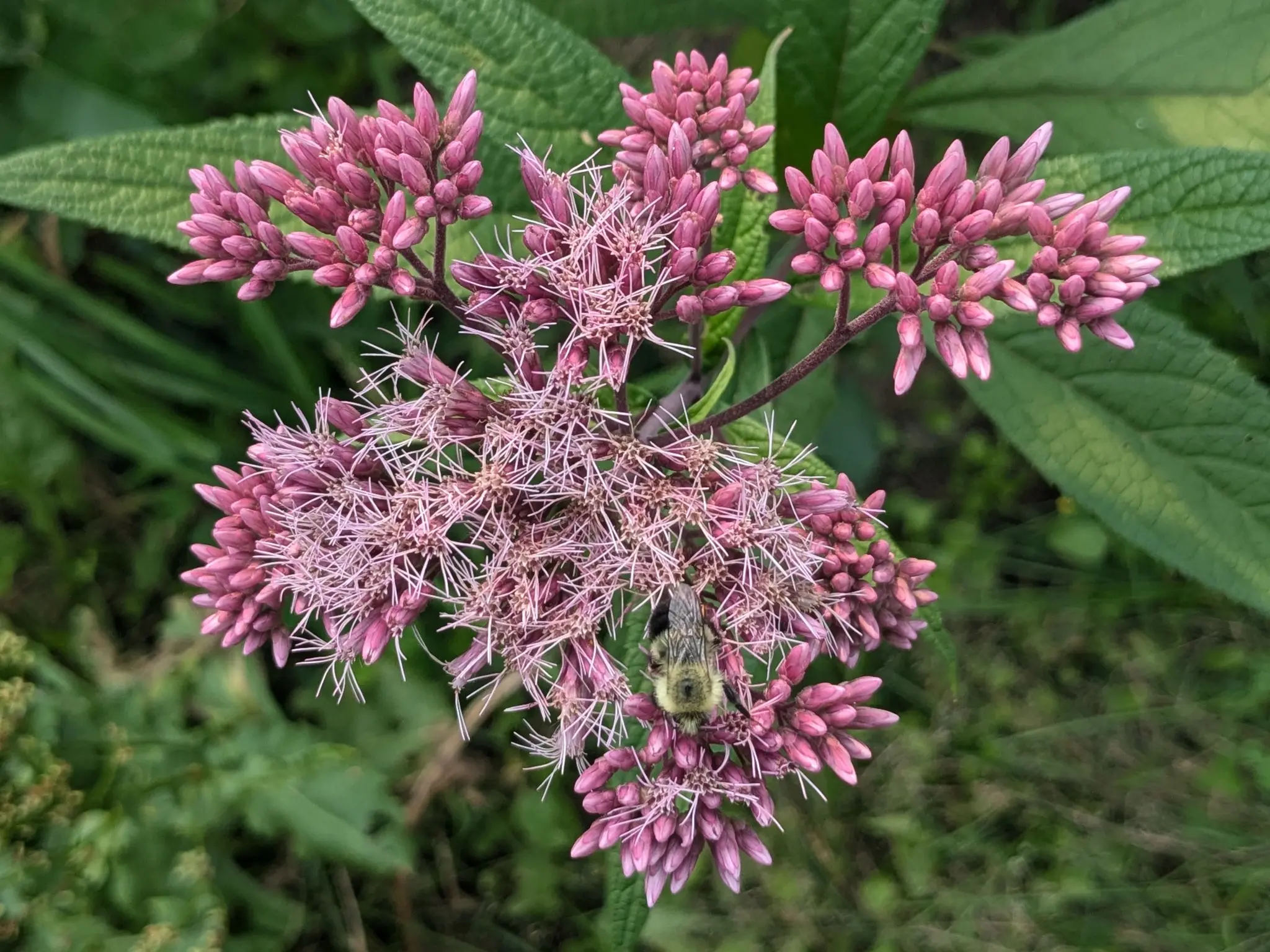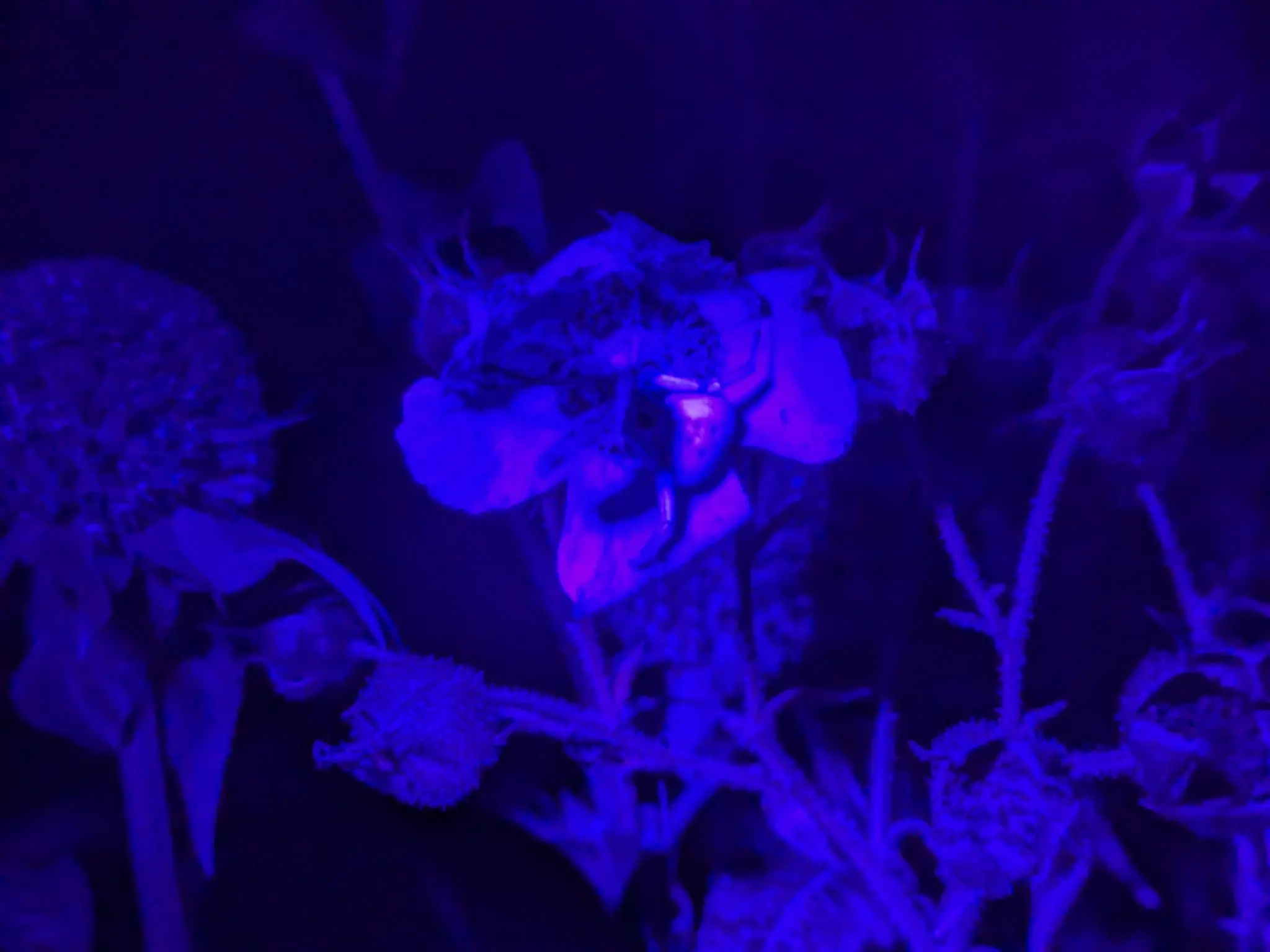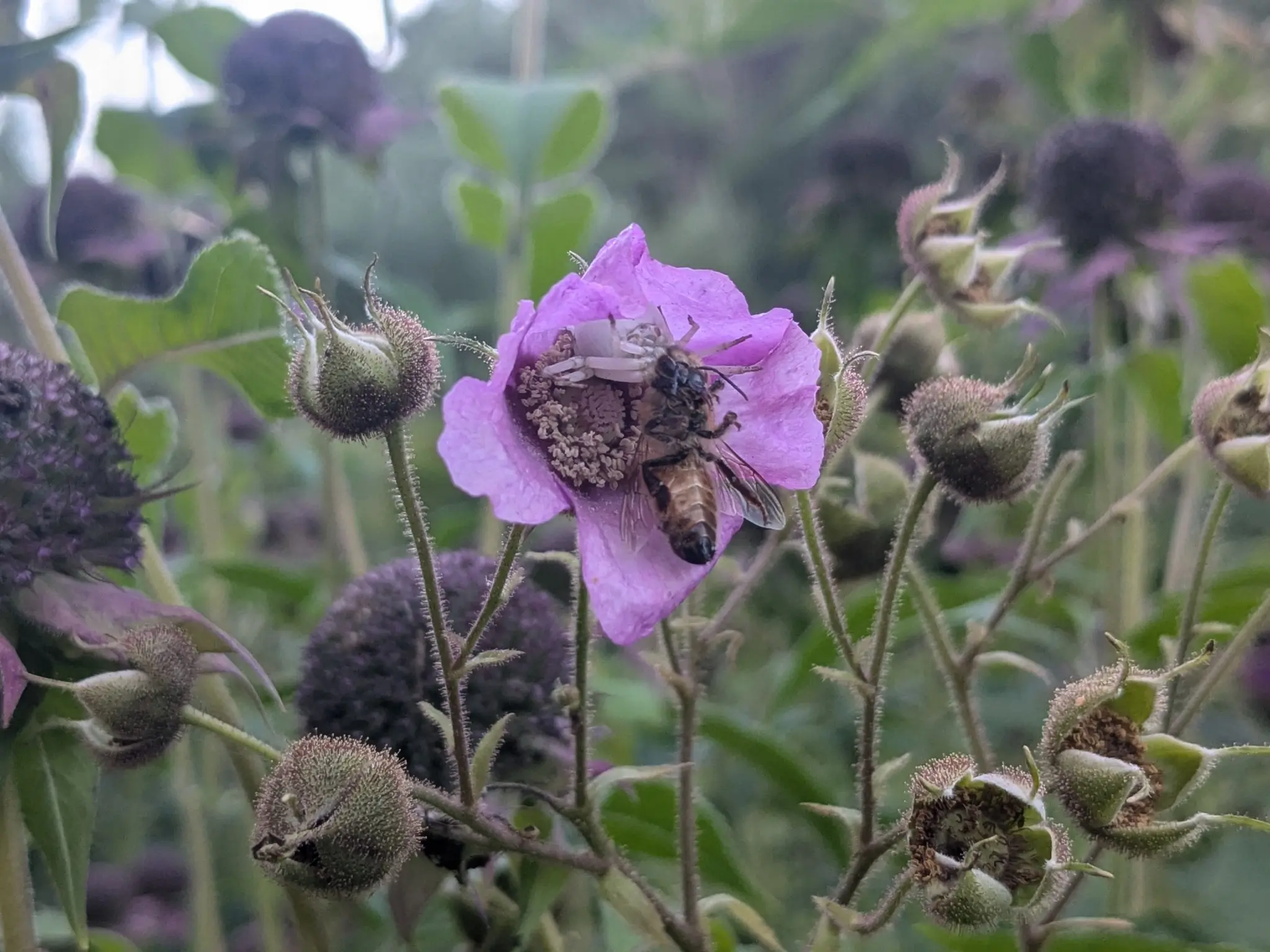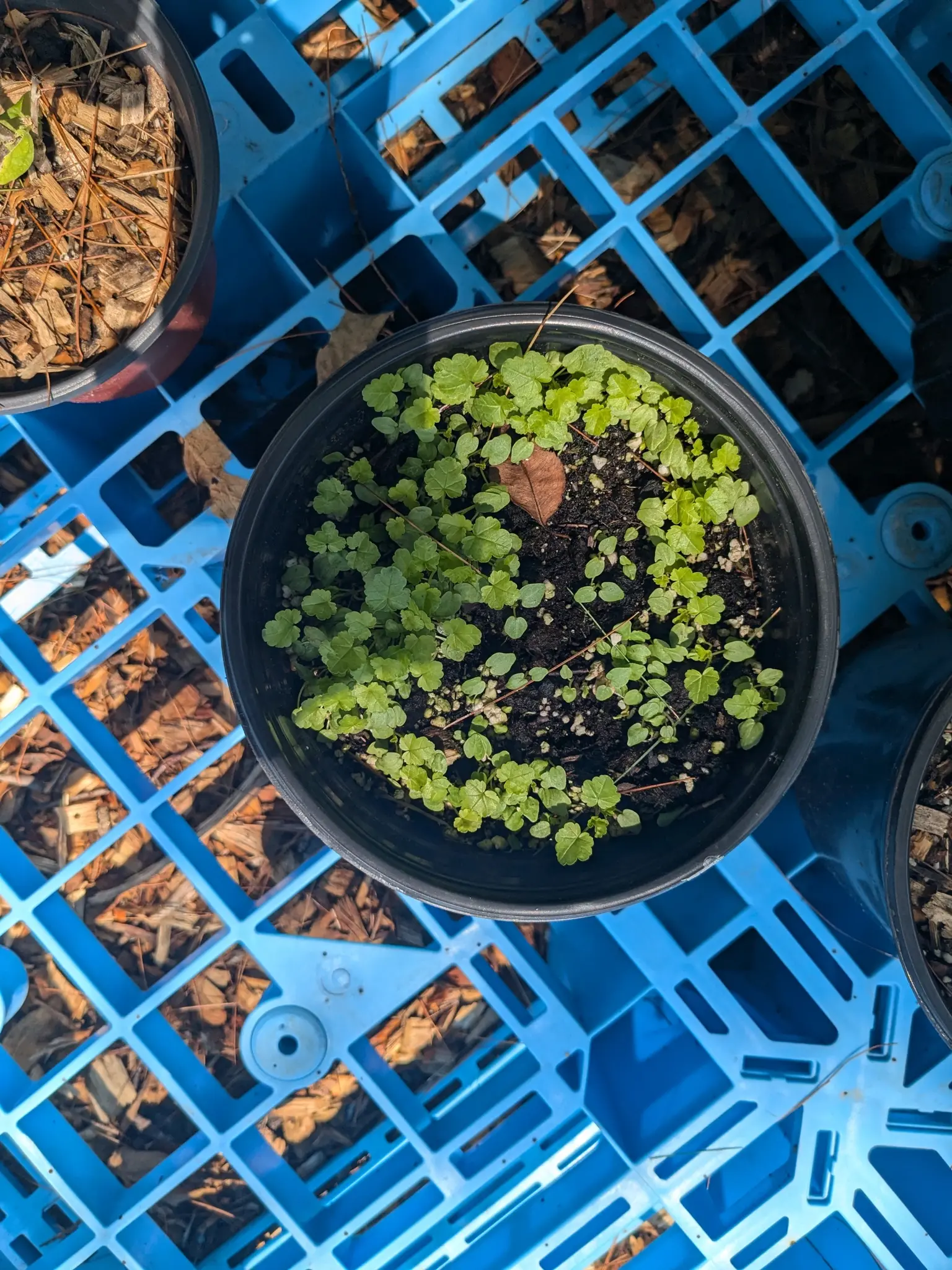Super neat, I thought I had some going but lost them in another squash or something. Make sure to post when you harvest!
Yeah they love the heck out of Rosaceae members for sure. If you've got the flies around, keep an eye out for a white dot on the heads of the beetles - that's the sign that there is an egg which will hatch and parasitize them. The BT will go after them during their grub phase in the soil, which should make other control methods even more useful. A good rule of thumb for these live controls is to check for lot numbers and packaging dates, as less BT will survive the longer the package sits before use.
I still get the shiver of worry around spiders, but I will say that for every spider I've witnessed I've seen hundreds of butterflies and moths. I understand and empathize with the concern though
It's okay to be a stand-in predator of insects that are listed invasives in your bioregion, with the caveat of "as long as you've correctly identified them". But planting native plants is a calling card for many insects that support many more species, some of which may be entirely dependent on the species you've planted.
Firefly larvae will prey on beetle grubs, and I learned recently that tachinid flies will parasitize Japanese beetles. There's also Bacillus thuringiensis that can be used to help mitigate pressure from these beetles and preserve the foliage for the local ecology that needs it.
I think you're doing great things, making sure there's prey for lacewings and ladybugs!
Glad to see your garden still going strong despite the unruly weather! That squash appears to have a good deal of powdery mildew, and I'm curious if the others are dealing with similar conditions. Otoh, I see some of the powder on the mulch surface and wonder if you were treating them with something (perhaps baking soda)
Nice! On the off chance you still have the tag, or if you recall the cultivar, I'd recommend checking to see if it's a "summer bearing" or an "everbearing" variety. If it's summer bearing, remove the old canes at the end of the season to make room for next year's canes. If it's everbearing, you can leave them to fruit in spring and then remove them in favor of the younger canes for summer fruiting.
I definitely will!
For cane fruits like raspberries and blackberries, no. Truth be told I avoid rooting hormone liquids and powders when I can, they can have some nasty health effects without PPE. Many different fruit bushes can be cloned either by rooting the tips, mounding around the base (stool layering), or by dividing rooted stems without the need for chemicals, but others can be rooted in water with willow cuttings - the willows will leach a safer concentration of the rooting hormones into the shared water.
I leave little pockets of extra mulch around the tips I'm planning to take and replant as a visual cue, but stones or logs or some other kind of weight will help to keep them in place for rooting. Older canes from bushes you like can make good cutting material, but can be more difficult to pin without breaking. Some varieties of raspberry will only fruit on first year wood, and for those I do think it's totally worth pinning right after fruit harvest for additional first year plants.
I'm in the process of cutting my black raspberries now - they're the ones pictured. My preference is to "tip layer" them, essentially leaving long canes with the tips pinned to the ground in early spring for cutting free around now. I leave other canes for fruit with a "heading cut" to force the side branches where the fruit forms.
I like fall planting better, but I'll qualify that with "for temperate climate areas". For New England in particular autumn is when insect pressure decreases, precipitation is a bit more regular, and temperatures are kinder to plants. Plus there's additional time in the ground for the plant to establish, and it's my belief that the warmer soil temperatures relative to air temperatures helps to drive root growth even while the aboveground sections are dormant.
